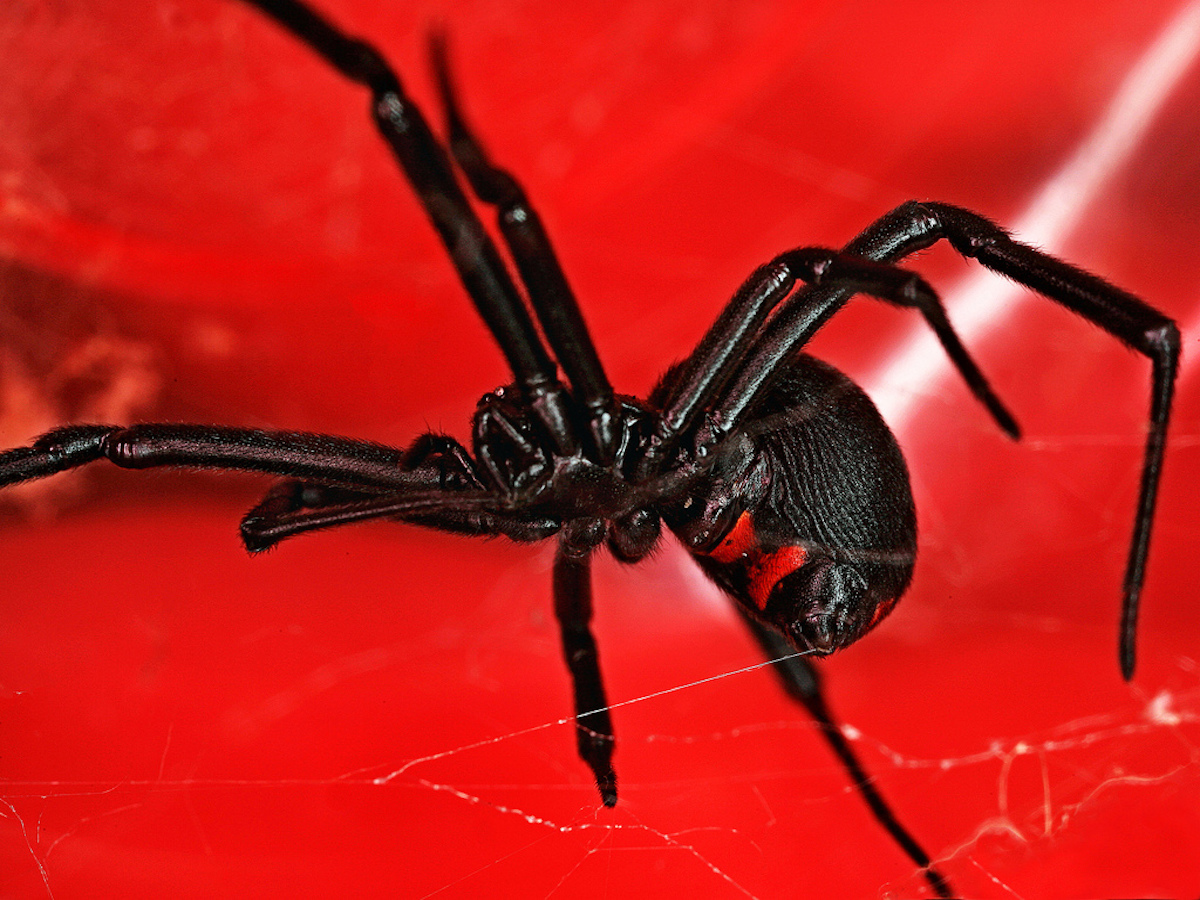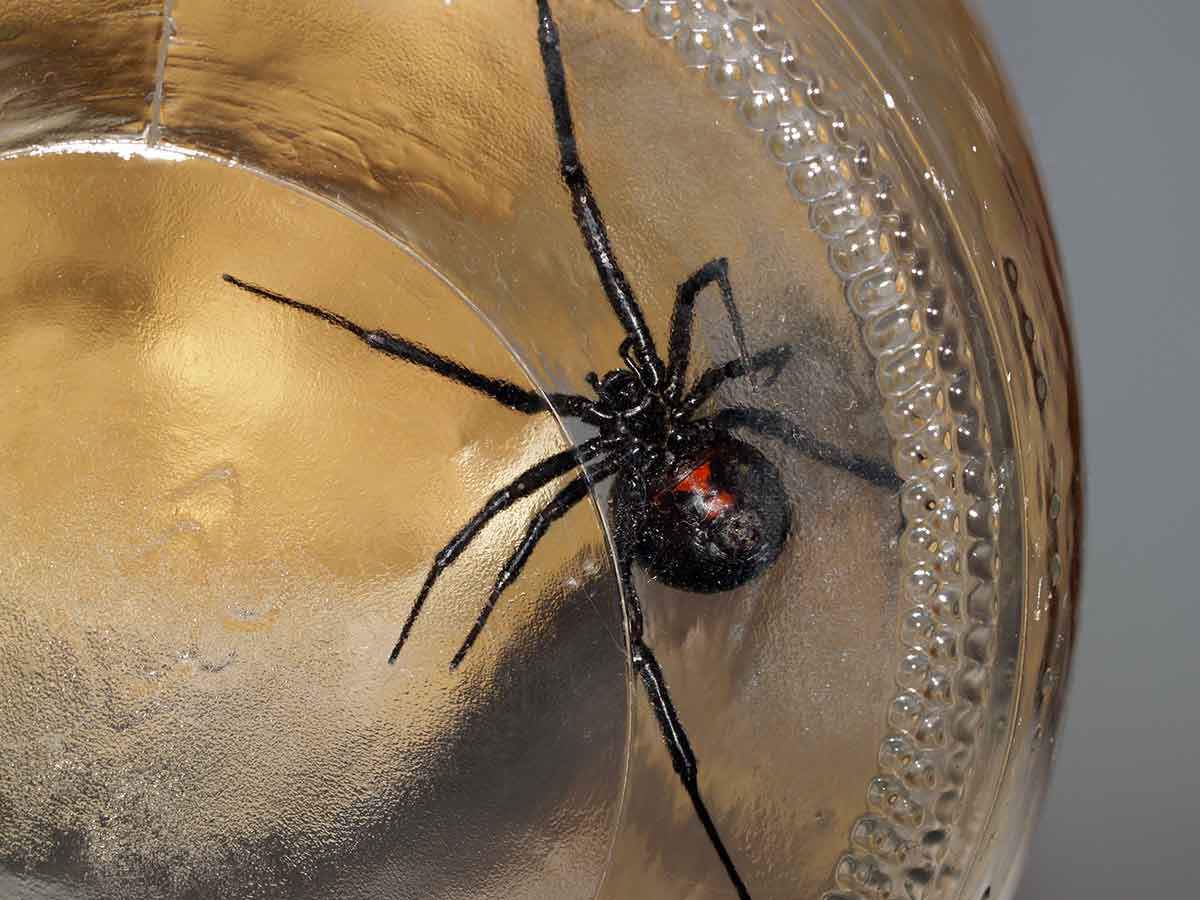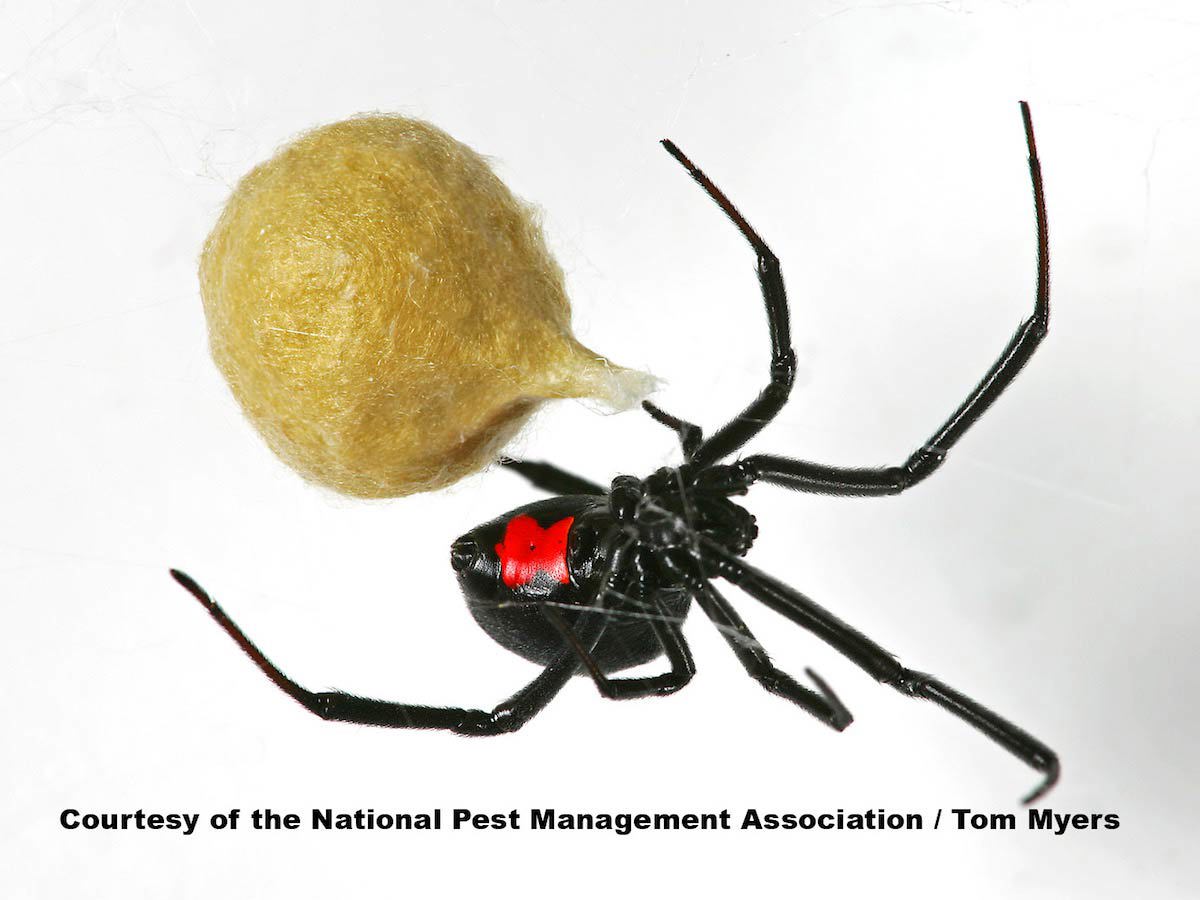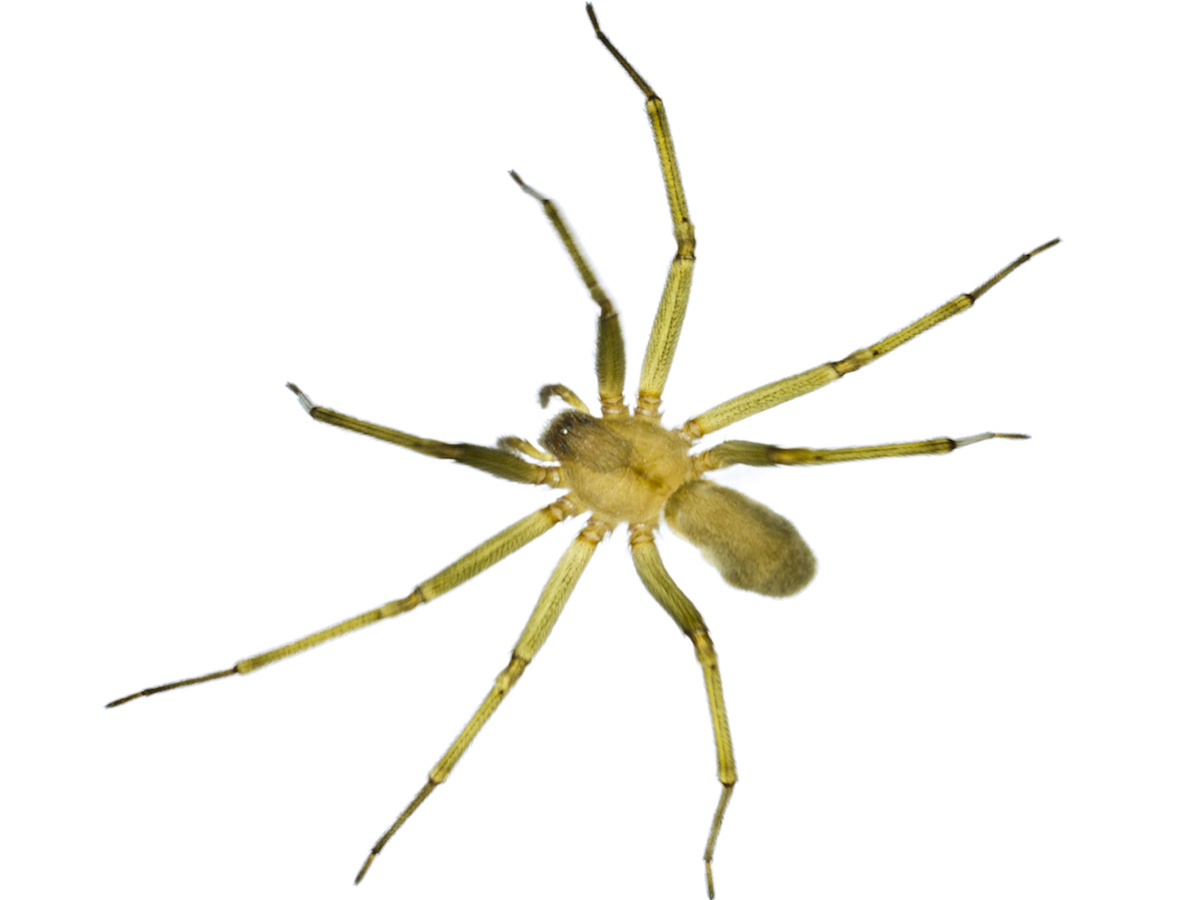Black Widow Spiders Lactrodectus mactans

Black Widow Spider Identification
Color: Black, with characteristic red "hourglass" on underside of abdomen
Size: 1 ½ - 1 3/8 inches long
Legs: 8
Antennae: No
Shape: Round
Region: Found throughout U.S.
What are Black Widow Spiders?
Black widow spiders get their common name from the popular belief that the female eats the male after mating, a phenomenon which rarely happens in nature. These spiders can be found worldwide with five species established in the United States and are most recognized for the red hourglass shape on the underside of their abdomen. Although fatalities are rare, the black widow’s venom is reported to be 15 times stronger than a rattlesnake’s and can cause muscle aches and nausea, as well as make breathing difficult. Read on to learn more about black widow spider control and extermination.

What Do Black Widow Spiders Look Like?
Black widow spiders are typically black with two reddish triangular markings usually joined to form a reddish hourglass shape on the underside of their abdomen – their most recognized feature. Females are occasionally brownish black. Most black widow spiders are 3 to 10 mm long, with females being larger than males. Black widow spiders have eight legs and eight simple eyes, including two lateral pairs that almost touch.
Young black widow spiders are primarily orange and white but acquire more black color as they mature. They have markings that are very similar to male adults – with one or two reddish markings on underneath side of abdomen.
Black widows are active when the temperature is 70 degrees or higher, but they can survive in lower temperatures with the right conditions. Black widow spiders spin irregular webs, which they build at night near ground level. Once complete, these spiders hang upside-down in their webs, which are usually less than 1 foot in diameter. They use their webs to ensnare prey. Similar to most spiders, black widows choose arthropods as their source of food, including ants, beetles, cockroaches, scorpions and more.
Most black widows take nearly a year to grow from egg to adult. They overwinter as immature individuals, develop into adults in the spring and die in late July. Female black widows have been known to consume male black widows once mating is complete, but contrary to popular belief, this doesn’t happen 100 percent of the time.
Black widows favor dry, dark locations to spin their webs. They often seek out warm areas during the winter months. Outdoors, black widow spiders commonly live in protected areas. These include under stones and decks, as well as in firewood piles and hollow tree stumps. The preferred habitats of black widows are dry man-made structures including barns, outhouses, henhouses, sheds, meter boxes, brick veneer, barrels and woodpiles. Indoors, black widow spiders tend to hide in sheltered, dimly lit locations and are often found in garages, basements and in crawl spaces. They prefer cluttered areas that offer more harborage for their prey.
While male black widow spiders rarely bite, females may bite in defense, especially after laying eggs.
Symptoms of a black widow spider bite include fever, increased blood pressure, sweating and nausea. Pain is usually almost immediate and reaches its maximum in 1-3 hours. The pain associated with a black widow spider bite may continue for one to three days and then gradually subside. Read more: Symptoms, Signs & Spider Bite Treatment.
Fatalities from a black widow spider bite are unlikely, as long as proper medical treatment is sought in a timely manner. If you notice black widows or signs of a spider infestation, contact a licensed pest control professional who can safely and effectively address black widow spider control.
One of the most obvious signs of a spider infestation is the presence of webs in the home or on the property. Black widow spiders usually construct messy and irregular webs located near ground level. Finding a silken sac – which holds eggs – in the doorway is another sign that a spider infestation is underway. If you see any of these signs, professional black widow spider extermination services may be necessary.
People can minimize the risk of being bitten by a black widow spider by reducing clutter in basements and garages, which, in turn, eliminates their hiding spots. When spider webs are visible, use caution before putting your hands or feet in that area. You should also wear heavy gloves when moving items that have been stored for a long period of time and shake out shoes before wearing them. Outdoors, store firewood at least 20 feet from the home on a raised structure. If you suspect a spider infestation, contact a black widow control and extermination specialist immediately. This is the safest way to get rid of black widow spiders in the home.
You can find one near you with the helpful zip code search below.



